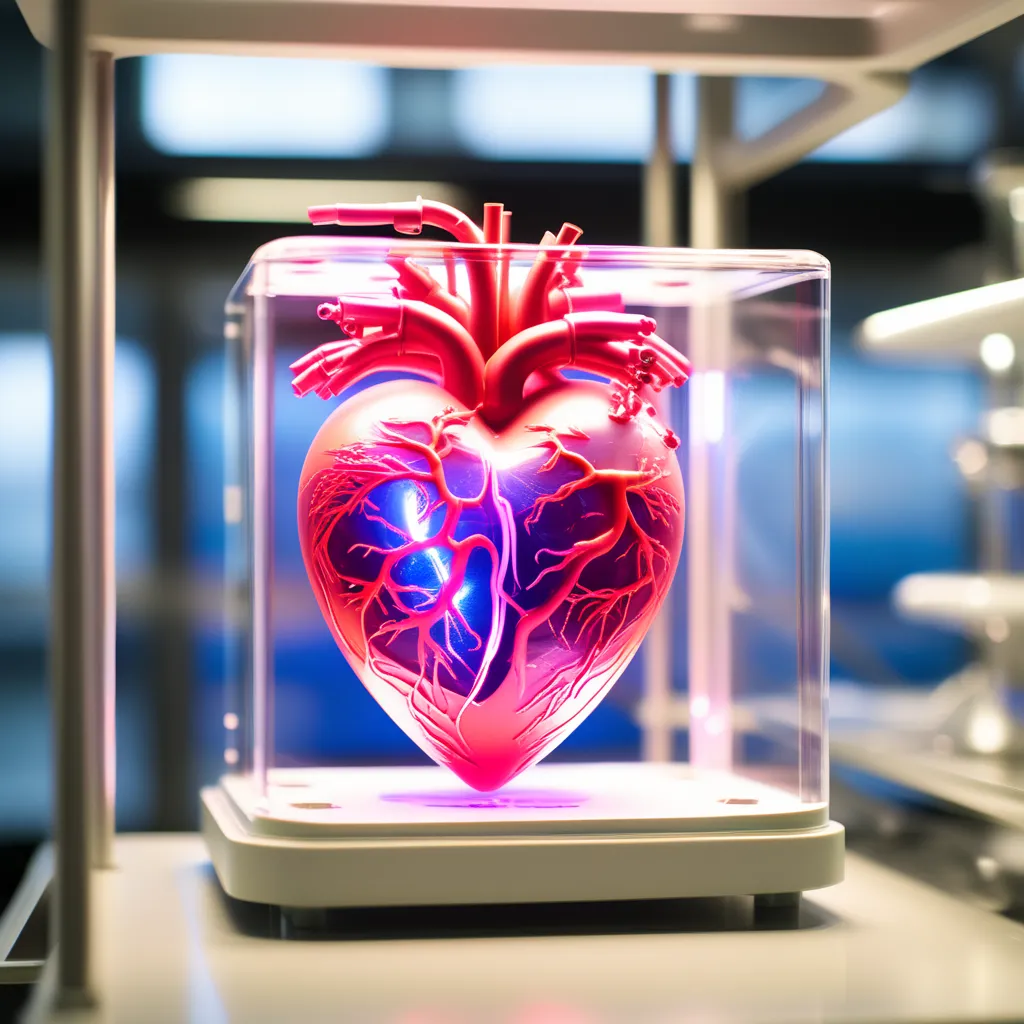3D Bioprinting Revolution: First Synthetic Heart Transplant
When it comes to medical breakthroughs, few are as awe-inspiring as the recent achievement of the world's first synthetic heart transplant using 3D bioprinting technology. It's a game-changer that not only offers hope to those in need of life-saving organ transplants but also marks a remarkable leap forward in the field of healthcare.

A Personal Connection
The world of 3D bioprinting and organ transplantation has always held a special place in my heart. I recall a close friend's struggle while awaiting a heart transplant. The uncertainty and waiting were agonizing, and it fueled my interest in advancements like 3D bioprinting that could potentially save countless lives.
The Waiting Game
My friend's journey taught me about the shortage of organ donors and the challenges of finding a suitable match. It was a poignant reminder of the urgent need for innovative solutions.
The Promise of 3D Bioprinting
3D bioprinting involves the layer-by-layer deposition of biological materials to create functional organs and tissues. It's a groundbreaking technology that holds immense promise for healthcare and transplantation.
The Synthetic Heart
The recent synthetic heart transplant is a testament to the capabilities of 3D bioprinting. A patient in critical need received a custom-designed, bioprinted heart, opening up a new frontier in organ transplantation.
When I read about this achievement, I couldn't help but feel a sense of hope and wonder. It's a glimpse into a future where organ shortages may no longer be a barrier to life-saving transplants.
Overcoming Organ Shortages
One of the most significant challenges in organ transplantation is the shortage of donor organs. Many people wait years for a suitable match, and sadly, some do not survive the wait.
Customization and Availability
3D bioprinting offers the potential for on-demand organ production. Each organ can be customized to match the recipient's unique physiology, reducing the risk of rejection and increasing the availability of organs.
Ethical Considerations
While 3d bioprinting holds incredible promise, it also raises ethical questions. How do we navigate the complex terrain of bioprinted organs, organ trafficking, and the commercialization of life-saving technologies?
The Road Ahead
While the synthetic heart transplant is a groundbreaking achievement, there are still hurdles to overcome before 3D bioprinted organs become a standard medical practice.
Scaling Up
Scaling up the production of bioprinted organs to meet the demands of a global population is a monumental task. It requires advancements in technology, materials, and manufacturing processes.
Safety and Regulation
Ensuring the safety and efficacy of bioprinted organs is paramount. Regulatory bodies around the world must establish rigorous standards and protocols to govern this emerging field.
My friend who underwent a successful heart transplant often talks about the gift of life he received. I can't help but imagine a future where more people can receive this gift thanks to 3D bioprinting.

A New Hope
The first synthetic heart transplant is a beacon of hope for those awaiting organ transplants. It represents the convergence of cutting-edge technology and the boundless potential of the human spirit.
In conclusion, the world's first synthetic heart transplant using 3D bioprinting is a remarkable achievement that brings us one step closer to a future where organ shortages may be a thing of the past. While challenges remain, the promise of saving lives and offering hope to countless individuals is a powerful driving force in the field of healthcare.

No comments:
Post a Comment